QuestionHi,
I have a 16yr pain QH mare. She's 14.3hh and is about 1000-1200lbs. She's been barefoot all of her life. Up until about 3-4years ago, she''d had long front hooves. The last year or two she'd had her hooves cut back, rolled, squared, ect. She had thin soles (couldn't walk on hard ground), but we've conquered that, I think. Her hocks have been fusing since I've had her (2 years?) although the left hock rarely gives her problems. Also, she's had bone spurs on the pasters (between short and long, last time I checked), but I've never felt her go off in the front from that.
As of June, she's been dead lame. It started off as usual, slightly off (her hocks usually cause that), but since she never got worse with work, I just assumed it was from her hocks. (As she's a tad off from her right hock, it is quite difficult to tell if she has pain in another leg as well).
Well, she got progressively worse down to dead lame. I had her on stall rest for a bit, hoping it was a bad bruise, but when nothing changed, we had the vet out.
The vet found her off in the front left. After an exam, he decided to block her. He just blocked the sole and part of the heel. Since she was 80% better with that, he assumed it was a bruise. I told him it wasn't, but I decided to rest as he suggested.
A couple of weeks later, with no improvement, I had him out again. He took X-rays, and when he developed them (he used the portable X-ray machine, so I'm assuming it isn't as great a quality as digital?), he didn't really see anything except for her usual bone spurs. He thought he might have seen 2 non-displaced fractures on the coffin, but he wasn't sure. He took more X-rays, and still couldn't be sure. All we knew was that the problem was in the FL. He said that she might have some soft tissue damage in the hoof as well, but only an MRI would tell. Since those are $1600 around here, it wasn't something we could do.
She was started on Isoxoprine. It did nothing. We just used up the second bottle last month. She's usually on MSM, which helps her, but it didn't seem to have much effect on that particular area when I took her off it. Last month, with no improvement at all, we decided to do a coffin injection. It was lovely for about two weeks. She was almost completely sound. It wore off after two weeks, and she is back to being dead lame.
The odd part is that she never favors that leg. She doesn't keep it out in front of her, like she would with a bruise, or rest the tip like with an abscess. If you didn't know she was lame in that leg, you couldn't tell by looking.
I've been keeping her off bute mostly, since she tries to run around enough as it is. She is quite tough, and originally would run around, even though she was very lame. I haven't seen her pick up more than a trot in about 3 months.
I think this is starting to affect her back legs as well. On pavement her back legs reach forward, but instead of hitting the ground at the end of the stride, they actually start to come backwards before touching the ground. It is quite awkward to watch, and she is resting her back legs more and more now. When she olls and shakes, her back cracks and pops in several places, along with her neck.
Anyway, I am sorry for the lengthy letter. My concerns are why I have seen no improvment (except for 2 weeks after the coffin injection), and why I haven't seen any further breakdown, if whatever is wrong with her truely won't heal.
Is there anything I can try before an MRI? I still am unable to afford the MRI.
Thank you for your time,
--Amber
AnswerHi Amber.
First. please allow me to apologize for the length in time it took for me to reply. Computer imploded and your original question must have been on that one.
I really don't know what to tell you except you need to get your farrier and vet on board together to figure this out. *I'm* not a vet so am not qualified to give you any advice on this. What I will say, however, is that horses are amazingly capable of healing and curing themselves when given the correct parameters. These parameters, tho, include the WHOLE horse and not just a piece of it. Diet, environment, 'lifestyle', etc all play a part in the overall health of the horse.
I hope you can solve this mystery and I wish you the best. I'm sorry I could not be of more help to you.
--Gwen

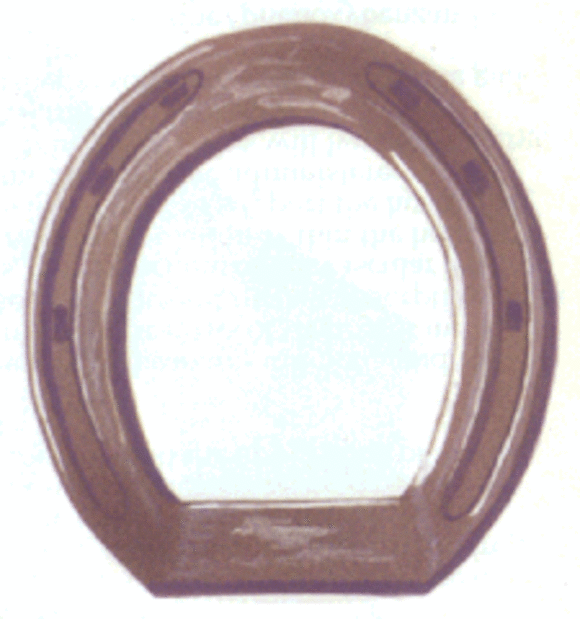 eggbar shoes on horses
Question
bar shoe
hello sir, when can i use egg
eggbar shoes on horses
Question
bar shoe
hello sir, when can i use egg
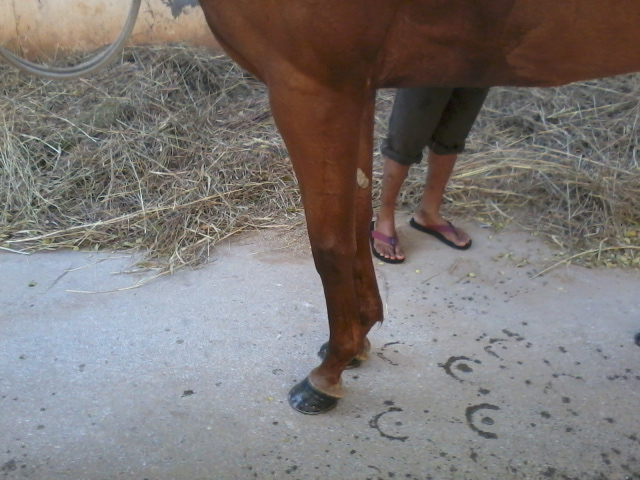 change of pastern angle unnecessarily
Question
horse
hello sir. i believe that this h
change of pastern angle unnecessarily
Question
horse
hello sir. i believe that this h
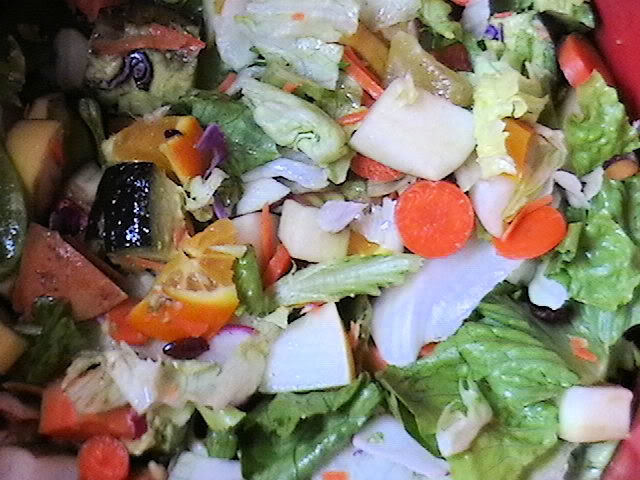 Donkey protein diet
QuestionHello, I read the article on the WLD and your r
Donkey protein diet
QuestionHello, I read the article on the WLD and your r
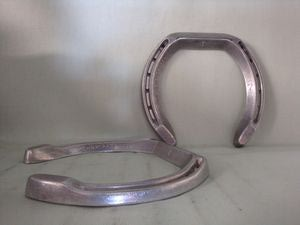 what type of shoe
Question
what type of shoe
hello sir, what type
what type of shoe
Question
what type of shoe
hello sir, what type
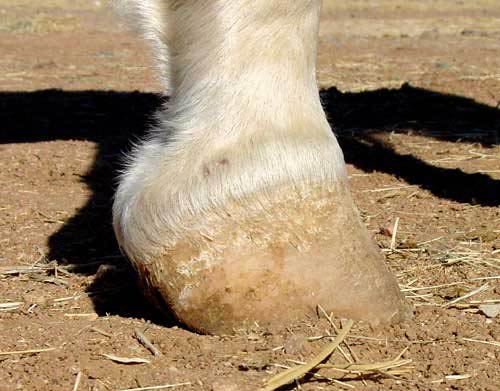 horse with high heels
Question
high heels
hello sir. if i buy a raceho
horse with high heels
Question
high heels
hello sir. if i buy a raceho